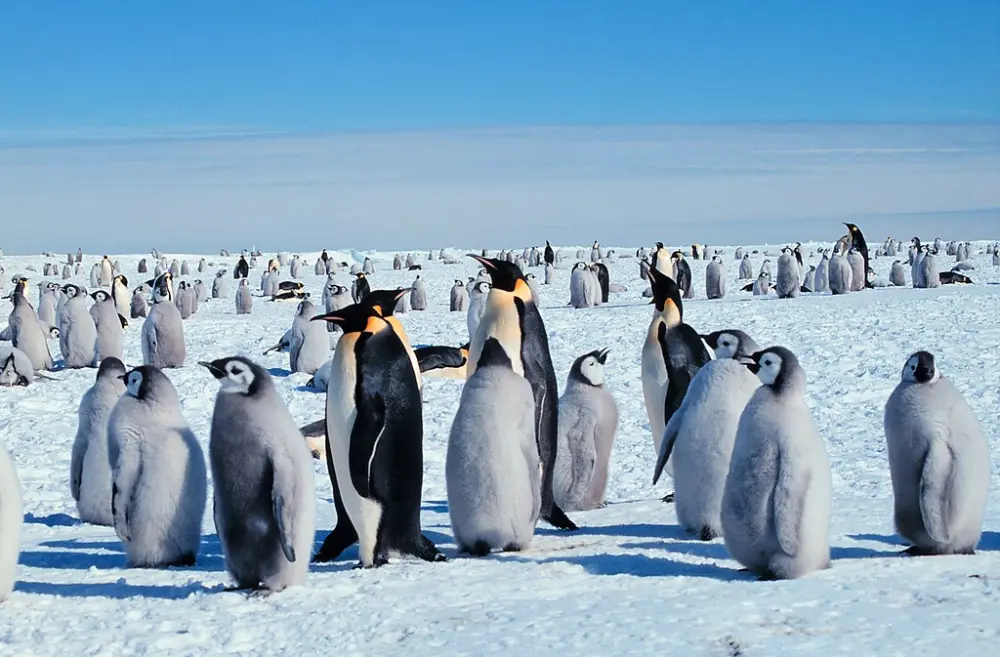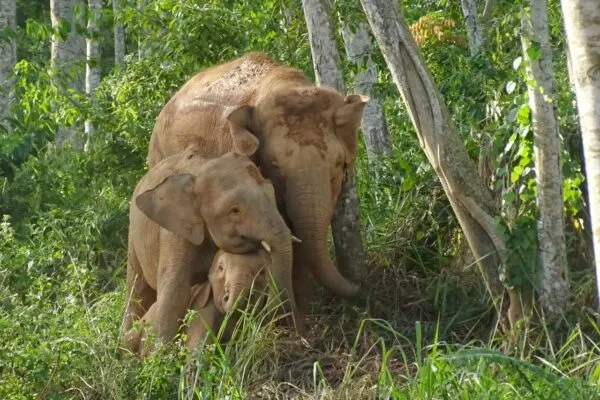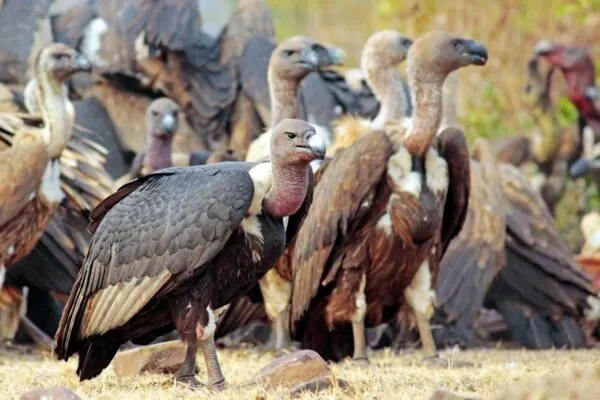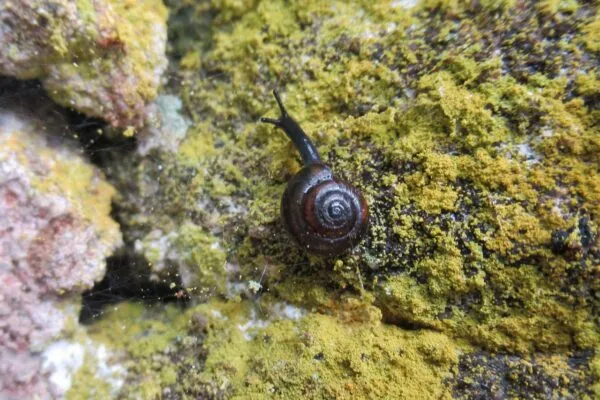Emperor Penguins to be Listed as Endangered Species in IUCN Amid Climate Crisis
With rapidly changing climatic conditions, many wildlife species are threatened with extinction. 98 percent of Emperor Penguin colonies could be pushed to the brink of extinction by 2100 if humankind fails to take urgent actions to halt climate change, a study has revealed.
Published in the journal Global Change Biology, the study stated that nearly 70 percent of penguin colonies will be threatened with extinction by 2050. After the unsettling revelations of the research, the US Fish and Wildlife Service announced a proposal to list Emperor penguins as threatened under the Endangered Species Act.
The researchers reviewed more than 150 studies on the species and its environment, as well as its behavior and character in relation to its reproductive biology. Current climate change projections suggest that rising temperatures and changing wind patterns will affect the sea ice on which penguins breed. Some studies show that emperor populations will decline by more than 50% during the current century.
The researchers, therefore, recommend that the IUCN status for the species should be upgraded to “vulnerable”. The species is currently listed on the IUCN Red List as “virtually threatened.” They also recommend that the emperor penguin be designated as a specially protected species under the Antarctic Treaty.
This study said that if climate change continues at its present rate, over 80% of emperor penguin colonies are expected to become almost extinct. Emperor penguins are especially susceptible to global climate change because they depend upon sea ice for vital life activities like breeding, feeding and molting.
The species need just the right amount of sea ice for survival. Besides, it’s important to possess a thick, stable platform of sea ice so that the chicks, raised during the breeding season in winter, require to accumulate waterproof plumage to be ready to survive within the cold water once the ice is released melts. If this process is unsuccessful, then the entire populations are threatened with death.
One important tool for protecting penguins globally is the U.S. species Act 3, the world’s strongest biodiversity protection law that gives important safeguards for animals and plants at risk of extinction.
This U.S. Species Act helps in drawing attention to the plight of vulnerable flora and fauna, educating the general public about the threats they face and making additional funds and resources available for their protection.
Once penguins are listed, the Act will provide important regulatory protections to the species from both climate and non-climate threats. It will also provide a crucial tool for both addressing the basic causes of global climate change while protecting penguin populations to extend their resilience to global climate change.
Via: Down to Earth



